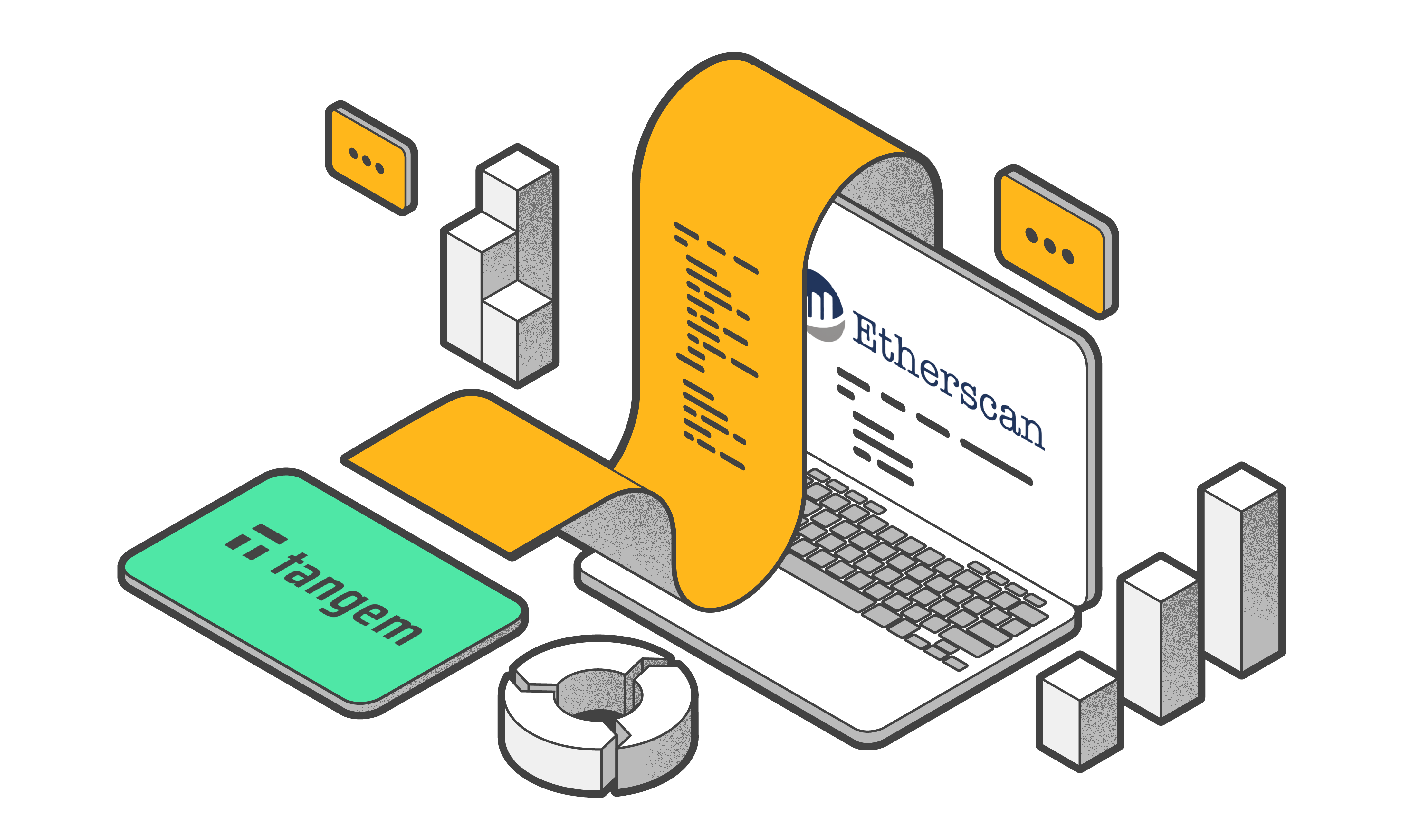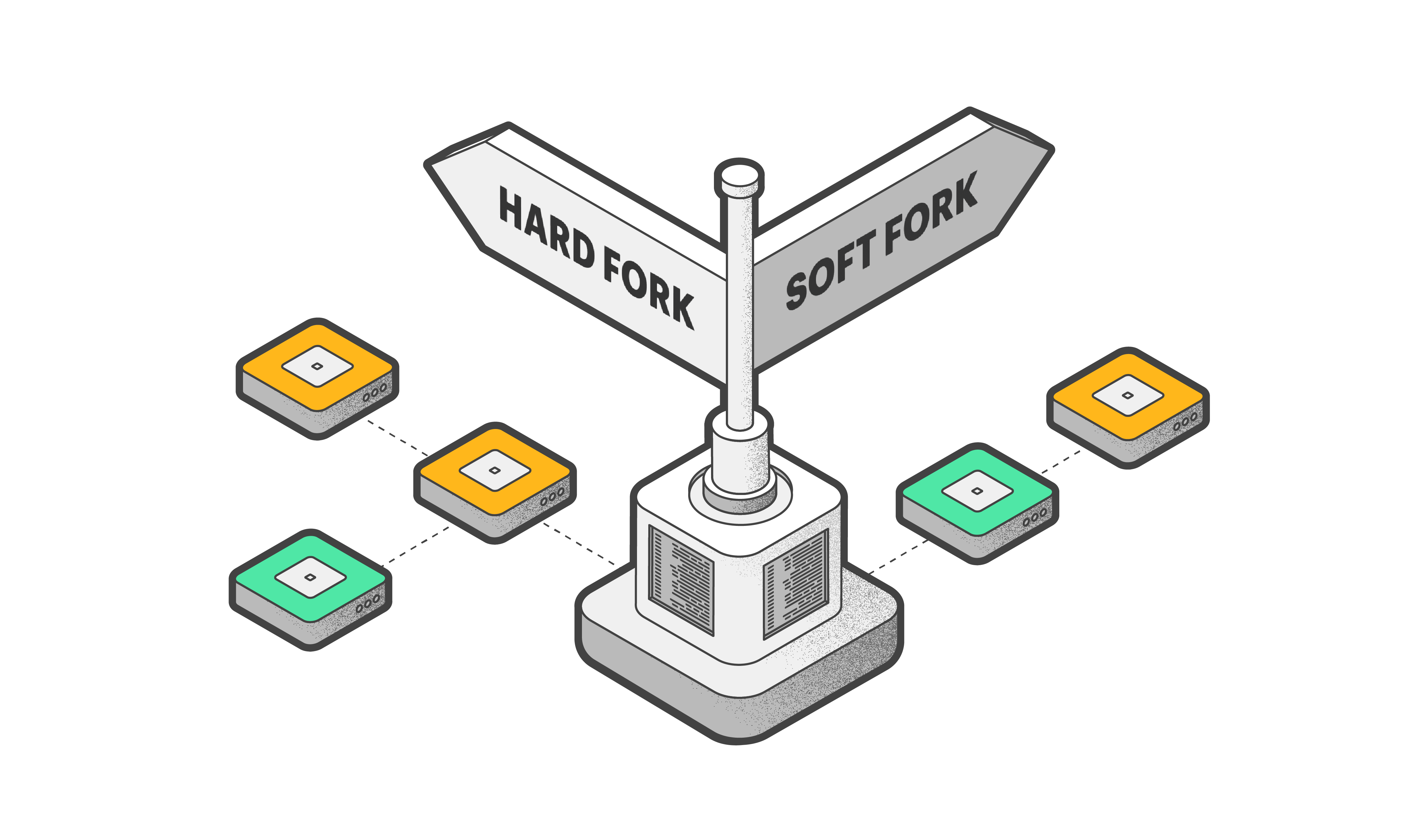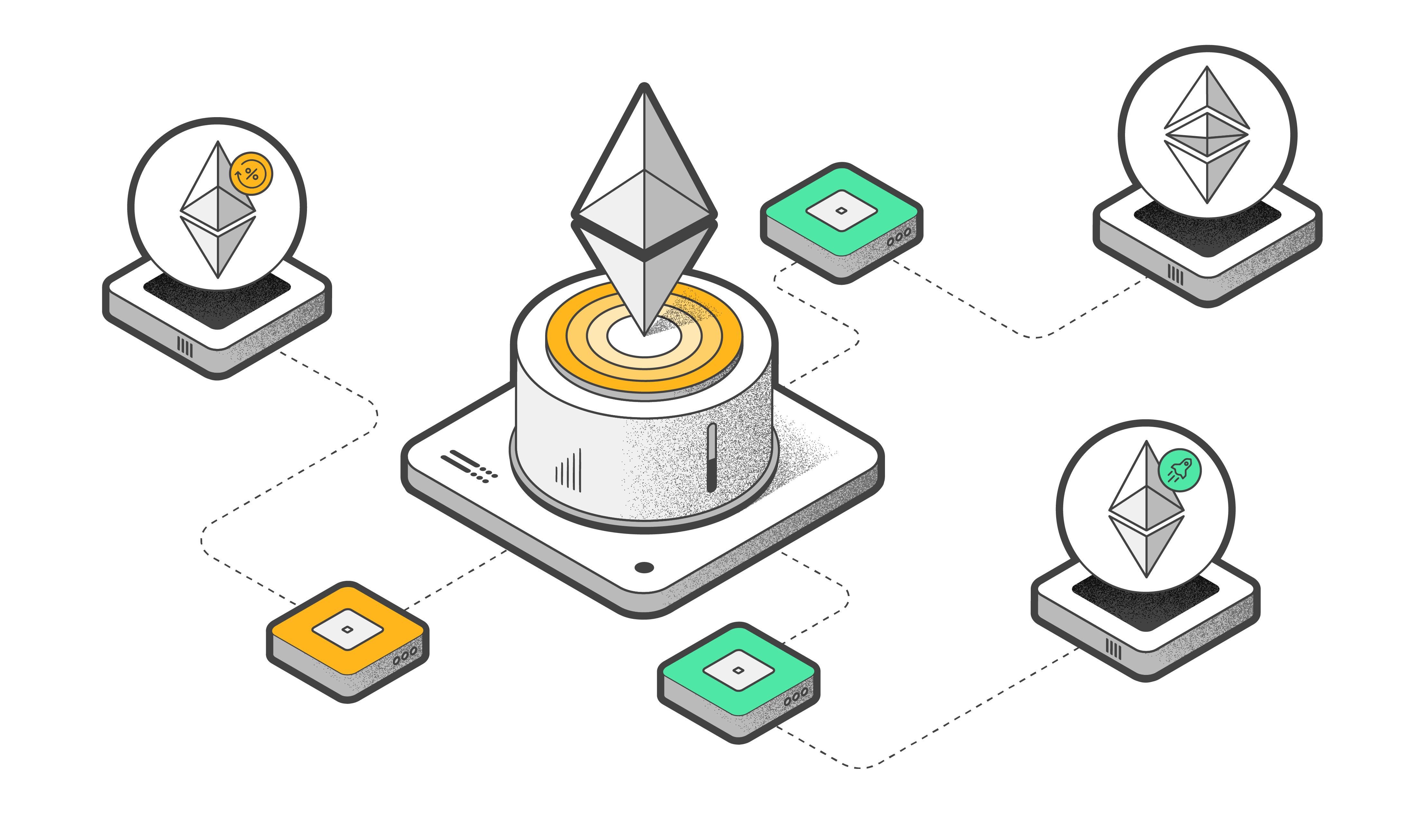
What is Altcoin Season? When is Altseason in November 2025?

AI summary
Altseason is a period when capital flows from Bitcoin to altcoins, resulting in rapid price increases and heightened volatility across the cryptocurrency market. In September 2025, altseason is actively underway, marked by declining Bitcoin dominance, rising altcoin trading volumes, and strong institutional interest in Ethereum and other alts. While altseasons can offer significant profit opportunities, they are unpredictable, short-lived, and come with increased risks, making research and secure asset storage essential for participants.
Altseason refers to a short time frame when capital shifts from Bitcoin (BTC) to altcoins or alts, leading to a notable and rapid rise in the prices of most cryptocurrencies. Altcoin season, commonly known as 'Altseason', is characterized by massive gains and high volatility. It's essentially a great time for non-bitcoin maxis.
During a relatively brief period—typically weeks or months—the values of altcoins soar as investors move their funds from Bitcoin to other coins. As prices begin to climb and the altcoin season index trends upward, FOMO—fear of missing out—investments come into play. This creates a cascading effect that further drives altcoin prices to extraordinary levels for a limited time.
What causes an altseason?
After a substantial increase in Bitcoin's price, it tends to stabilize and move sideways for a while. This situation persuades investors to search for more profitable opportunities. They often exchange their BTC for Ethereum(ETH) and other promising alts, decreasing Bitcoin's share of the total crypto market and triggering an altseason.
When does altcoin season start in November 2025?
At the end of October, the market’s Fear and Greed Index was at 29, indicating ongoing fear. This mood has persisted for three straight weeks since the liquidation event on October 11. Fear has led investors to hold back. On a positive note, most altcoins are now trading within stable price ranges, without hitting new lows.
As more Fed rate cuts occur, investors may feel more confident in exploring higher-risk assets, such as altcoins, especially as capital shifts from Bitcoin to the broader crypto market. That said, based on social media buzz, it seems a big altcoin season is probably not on the horizon this month.
History of past altcoin seasons
Previous alt seasons have significantly increased various altcoin values, with some achieving exponential rises in relatively brief timeframes.
Noteworthy alt seasons include the trends of 2017-2018 and 2020-2021. Let's examine them more closely.
2017-2018
This alt-season was driven by a substantial reduction in Bitcoin's market dominance, which dropped from 86.3% in late 2017 to a low of 38.69% at the beginning of 2018. During this time, Bitcoin's price fell from a then-historic peak above $20,000 to below $6,000 just a few months later.
The rise of altcoins surpassing BTC occurred as the initial coin offering (ICO) market was booming in 2017-2018. Many blockchain projects launched ICOs to gather funds by creating tokens.
2020-2021
The alt season of 2020-2021 emerged during the coronavirus pandemic, prompting retail investors and crypto enthusiasts to seek opportunities beyond Bitcoin. This led to the emergence of contemporary meme coins, with Dogecoin and Shiba Inu achieving unprecedented growth.
Non-fungible tokens (NFTs) also stimulated alt markets, enhancing overall sentiment within the dApp sectors. During this period, BTC's market dominance dropped from 70% to 38%, while the total market capitalization doubled from 30% to 62%. The altcoin season index hit 98 on April 16, 2021.
How to tell when altseason has started
Recognizing the start of an alt season requires a solid grasp of market cycles and trends, or you could just check the altcoin season index. The problem is that the index is reactionary—by the time it shows we're in an altseason, it'll be too late to enter at good prices.
Let's look into some key indicators that could signal the early start of an alt season.
- Increase in altcoin dominance
A major sign indicating the start of an alt season is a clear rise in altcoin dominance within the total cryptocurrency market. Alt dominance refers to the combined market cap of all cryptocurrencies except Bitcoin, represented as a percentage of the total market capitalization of the cryptocurrency sector.
- Rising trading volumes
A spike in trading volumes for various alts is a notable indicator of the beginning of the altcoin cycle. Increased trading volumes reflect heightened activity in the crypto market and growing investor interest in alt-cryptos, resulting in enhanced liquidity and price fluctuations.
When is the next alt season?
Predicting the exact timing of the next alt season is challenging due to the unpredictable cryptocurrency market. Regulatory changes and macroeconomic factors can affect the timing and length of alt seasons.
One crucial element that could ignite the next alt season is the U.S. Federal Reserve's interest rate cuts. Lower interest rates surged markets, prompting investors to move their capital away from banks in search of higher-yielding investments.
Looking for the best way to store your crypto securely? Discover the Best Bitcoin Wallets in our latest article. Whether you're new to crypto or a seasoned investor, find the perfect wallet to suit your needs today.
How to take advantage of the altcoin season
It’s important to identify potentially lucrative opportunities before the alt season starts. Here are some key points to consider.
- Research and diversify your portfolio
Take the time to analyze and meticulously identify the best alts to purchase. Exploring various altcoins can help mitigate risk and enhance potential returns, ensuring you don't concentrate all your investments in one.
- Time your entries and exits
Consider using technical analysis instruments like support and resistance levels and the relative strength index (RSI) to determine optimal entry and exit points.
These can serve as effective indicators during altcoin seasons and assist you in tracking price trends and market sentiment before you decide to invest.
Get new Altcoins early
Participating in presale events for new alt seasons can provide early access to promising projects at lowered prices.
Key takeaways
An altcoin is any cryptocurrency other than Bitcoin. It is more volatile than Bitcoin and presents high-risk, high-reward scenarios.
When Bitcoin's dominance—the proportion of the total cryptocurrency market share represented by Bitcoin—drops sharply, it stimulates investments in alts, leading to an Altseason.
Forecasting an Altseason is not an exact science and isn't formally announced at a specific time or date.
Altseasons can occur multiple times within a year and are often condensed into a relatively short timeframe. Prices of alts can fall as fast as they rise.
Numerous Altseasons have occurred in the past decade, all commencing right after a decline in Bitcoin dominance. The more significant the drop in BTC dominance, the more substantial the subsequent Altseason.
Crypto cycles often lead to more hacking and phishing attempts, making it crucial to protect your assets. For example, during the legendary 2021 bull market, stolen funds increased by 357.2% to $0.47 billion.
Cold wallets like Tangem are some of the safest ways to store cryptocurrencies, especially during times of high market fluctuations. With Tangem, your altcoins are safe from cyber threats, keeping your investments secure from online risks.
Get a Tangem Wallet to securely buy and hold your altcoins and take advantage of upcoming opportunities.
FAQ: Altcoin season in November 2025
1. What is the altcoin season index?
The Altcoin season index measures the relative performance of altcoins against Bitcoin over a set period, typically 30 or 90 days. A high index score indicates a season in which most altcoins outperform Bitcoin. This index helps investors understand when the market trend favors altcoins, which is helpful in identifying profitable trading windows.
2. How do I predict an altcoin season?
Predicting an alt season involves analyzing market cycles, sentiment, and historical performance.
Indicators such as BTC dominance, trading volume shifts, and capital flows into smaller coins often precede alt seasons.
Other predictive methods include monitoring the Altcoin Season Index, on-chain data, and technical indicators that suggest growing interest in altcoins.
3. What is the altcoin season index chart?
An Altcoin Season index chart visually represents how altcoins perform relative to Bitcoin over time. Spikes in the chart indicate periods when most alts outperform Bitcoin, suggesting an alt season. By studying the chart, you can track trends and assess when shifting focus from Bitcoin to alts may be profitable.
4. Is the altcoin season over?
Altcoin season cycles vary, but if Bitcoin dominance starts rising again, the altseason may be ending. Market indicators like declining altcoin prices and reduced trading volumes suggest this conclusion. However, another altseason can follow depending on market conditions.
5. How long does the altcoin season usually last?
Altcoin seasons typically last between a few weeks to a few months. Their duration depends on Bitcoin’s price action, investor sentiment, and macroeconomic factors. No fixed timeline exists, as each cycle is different.
6. Is the Alt season guaranteed?
No, the altcoin season is not guaranteed in every month. It depends on Bitcoin's dominance, liquidity flow into altcoins, and broader market trends. Some months may not see a strong altseason at all.
7. How does Alt season work?
Altcoin season happens when capital flows from Bitcoin into altcoins, driving their prices higher. Bitcoin dominance usually decreases as traders seek higher returns in smaller-cap assets. Increased hype, adoption, and network activity further fuel the trend.
8. What are the top 3 altcoins in June 2025?
Hyperliquid (HYPE), Virtual Protocols (VIRTUAL), and Fartcoin (FARTCOIN) are among the most dominant altcoins outperforming Bitcoin in the previous month. They have strong ecosystems, high market capitalizations, and significant adoption. Rankings may change based on market trends.
9. Which coin will reach $1 in 2025?
Predicting exact prices is difficult, but coins with low market caps have potential. Supply and demand dynamics will influence price movements. Always conduct thorough research before investing.
10. What is the BTC dominance in altcoin season?
Bitcoin dominance typically falls below 54% during an altcoin season. A significant drop in BTC dominance signals that altcoins are gaining more market share. However, the exact percentage varies by cycle.
11. What signals alt season?
A sustained drop in Bitcoin dominance and a rise in altcoin market capitalization indicates the start of the altcoin season. Increased trading volumes and hype around specific altcoins also serve as signs. On-chain data and social media trends can further confirm the shift.
12. How do I find my upcoming altcoins?
Monitor launchpads, X (Twitter) trends, and on-chain activity for early signs of promising altcoins. Research projects with strong fundamentals, use cases, and community backing. Checking listings on major exchanges can also highlight emerging trends.
13. What exchange is best for altcoins?
Binance, KuCoin, and Kraken are among the top exchanges for trading altcoins. They offer a wide variety of coins, high liquidity, and security. Decentralized exchanges (DEXs) like Uniswap and Raydium are also popular for new altcoins.
14. What triggers altseason?
A cooling-off period in Bitcoin’s price often triggers altseason, as investors shift focus to altcoins. Increased hype, lower BTC dominance, and major project developments also contribute. Macroeconomic factors and institutional interest can accelerate the trend.
15. How to identify altcoin season?
Altcoin season can be identified when over 75% of altcoins outperform Bitcoin over a set period. BTC dominance is declining, and capital rotation into altcoins is a key indicator.
16. How do Alts go up?
Altcoins' rise in value is due to increased demand, adoption, and investor speculation. Positive project developments, partnerships, and listings on major exchanges boost their price.
17. Which altcoin will explode in November 2025?
It’s hard to predict, but tokens with strong narratives, mindshare, and growing adoption have higher chances. AI-agent tokens, meme coins, and Layer 1 solutions are currently gaining traction.
18. Which altcoin can give 1000x?
Micro-cap altcoins with strong fundamentals and early adoption potential may provide 1000x returns. New DeFi, AI, or gaming-related projects often have the highest upside. However, such coins carry extreme risks and may never reach their potential.
19. What happens to altcoins when Bitcoin falls?
Altcoins usually follow Bitcoin’s trend and often drop even harder during BTC corrections. Some exceptions exist, but in general, a Bitcoin crash leads to a sharp decline in altcoin prices. Market sentiment and liquidity play key roles in determining the extent of the impact.
This content is provided for informational purposes only and should not be construed as investment advice. Investing in Web3 and cryptocurrencies involves risks. It is essential to conduct your own research before engaging with any Web3 apps or cryptocurrencies.
Tangem AG provides only hardware wallets and non-custodial software solutions for managing digital assets. Tangem is not regulated as a financial services provider or cryptocurrency exchange. Tangem does not hold, custody, or control users’ assets or transactions. Crypto transaction services are provided by third-party providers. Tangem provides no advice or recommendation on the use of these third-party services.
Staking and yield generation services are provided by third-party blockchain protocols and decentralized finance (DeFi) platforms. Tangem provides non-custodial access only. Earnings from staking are not guaranteed, may fluctuate significantly, and depend entirely on network or protocol conditions. Users participate at their own risk.









